A remarkable chapter in prehistoric life has been unveiled with the discovery of Dynamognathus, a massive extinct salamander species unearthed in Tennessee.
This ancient amphibian, notable for its imposing size and distinctive vice-like jaws, offers an extraordinary glimpse into the ecosystems of millions of years ago.
The fossil’s unique features not only set it apart from modern salamanders but also promise to reshape our understanding of amphibian evolution.
As paleontologists study this find, the story of Dynamognathus is poised to challenge previous assumptions about ancient predators and their roles in prehistoric habitats.
1. The Discovery in Tennessee
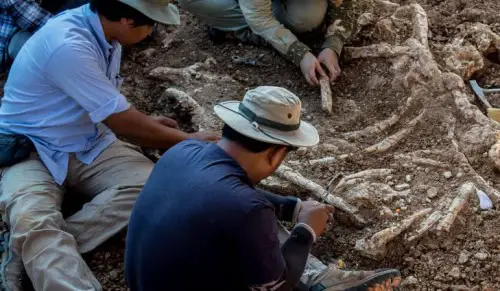
The fossilized remains of Dynamognathus were uncovered deep within Tennessee’s fossil-rich geological layers, an area renowned for its ancient secrets.
Paleontologists stumbled upon the specimen while conducting a routine survey, but the sheer size and preservation of the bones immediately sparked scientific excitement.
Careful excavation followed, with specialists meticulously extracting the jawbones and skeletal fragments from solid rock.
This discovery quickly became a centerpiece of paleontological interest, as researchers realized they had found one of the most extraordinary amphibian fossils ever recorded in the region.
2. Naming Dynamognathus

The name Dynamognathus is derived from Greek, meaning “powerful jaw,” a nod to the creature’s most striking anatomical feature.
This title was carefully chosen to capture the essence of its formidable bite and robust skull structure.
Formally naming a new species involves rigorous analysis and publication in peer-reviewed scientific literature, ensuring the designation stands up to scrutiny by the global paleontological community and accurately reflects the animal’s unique attributes.
3. Jaw Structure Unlike Any Other
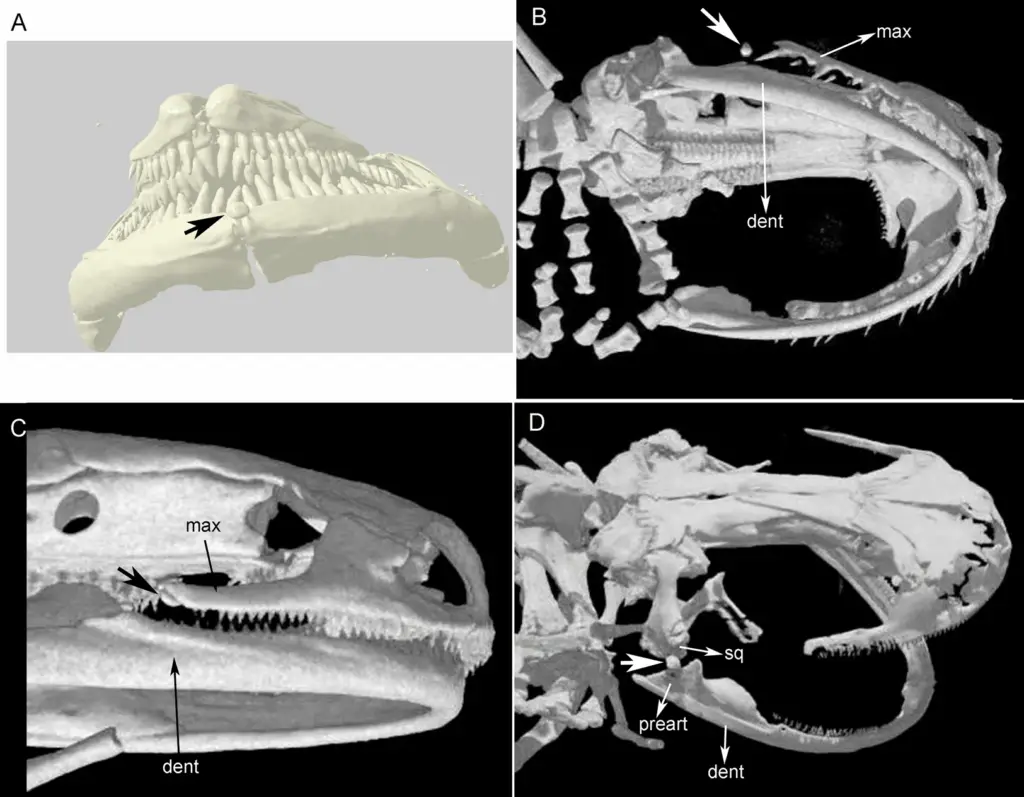
The most astonishing aspect of Dynamognathus is its vice-like jaws, which are unlike those of any living salamander.
While modern salamanders possess relatively delicate jaws suited for small prey, Dynamognathus boasted robust, heavily muscled jaws lined with interlocking teeth.
This powerful structure suggests a feeding strategy more in line with ancient predatory amphibians than their gentle modern relatives.
Such a distinctive adaptation sets Dynamognathus apart, hinting at its dominance within prehistoric aquatic ecosystems and raising intriguing questions about its diet and hunting behavior.
4. Sheer Size: One of the Largest Ever
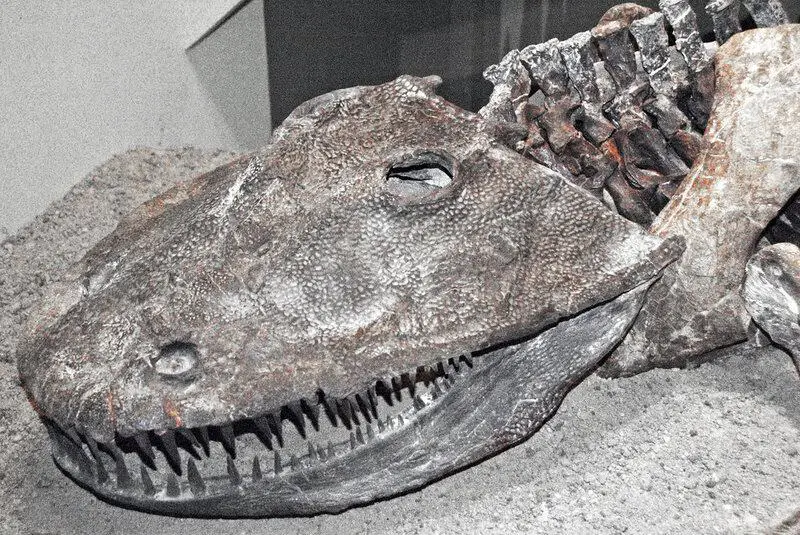
Dynamognathus stands out not just for its formidable jaws, but also for its impressive size.
Estimates suggest this ancient salamander reached lengths exceeding 5 feet, rivaling or surpassing today’s largest amphibian, the Chinese giant salamander, which can grow up to 6 feet.
This extraordinary scale would have made Dynamognathus a dominant predator in its environment, dwarfing most other contemporary amphibians and reshaping our understanding of size diversity in ancient salamanders.
5. Eating Like No Modern Salamander
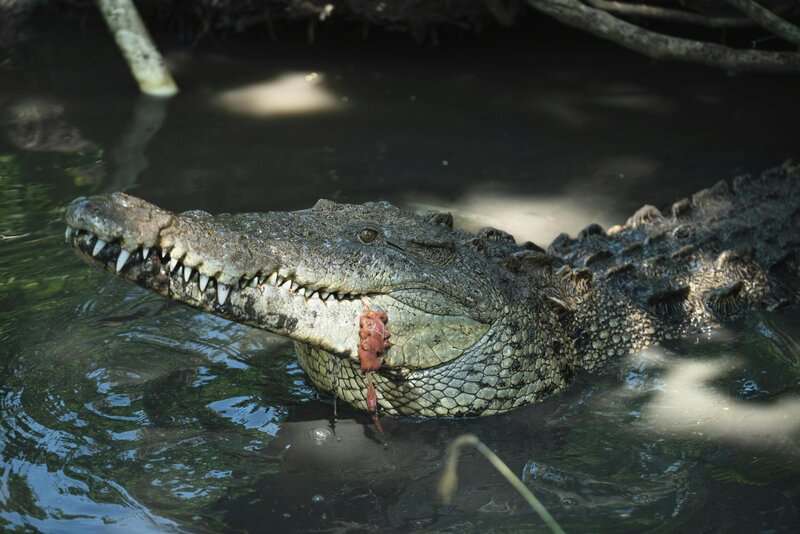
Unlike the gentle, insect-eating habits of today’s salamanders, Dynamognathus was likely a formidable predator.
Its reinforced jaws and sharp, interlocking teeth suggest it could have hunted and processed much tougher prey—possibly including armored fish, crustaceans, or even smaller vertebrates.
This adaptation marks a stark contrast to the relatively weak jaws of modern amphibians, which are ill-suited for hard or active prey.
Such feeding prowess would have placed Dynamognathus high in the food chain of its ancient ecosystem.
6. Ecological Role in Ancient Appalachia
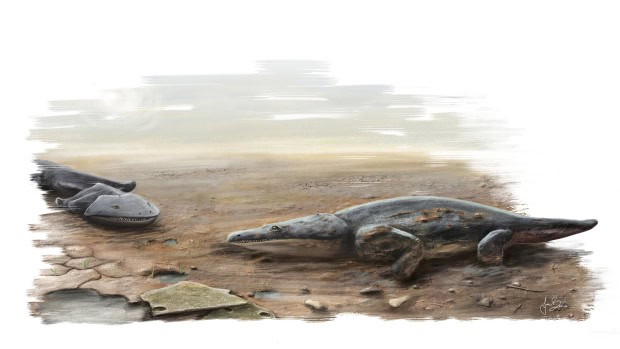
Within the lush wetlands and river systems of ancient Appalachia, Dynamognathus likely played the role of an apex aquatic predator.
Fossil evidence and its specialized jaws suggest it occupied a niche above smaller amphibians and fish, helping to regulate prey populations and maintain ecological balance.
The presence of such a dominant salamander highlights the diversity and complexity of prehistoric Appalachian ecosystems, offering a rare glimpse into the intricate food webs that once thrived in this now-verdant region.
7. Fossil Site’s Ongoing Importance
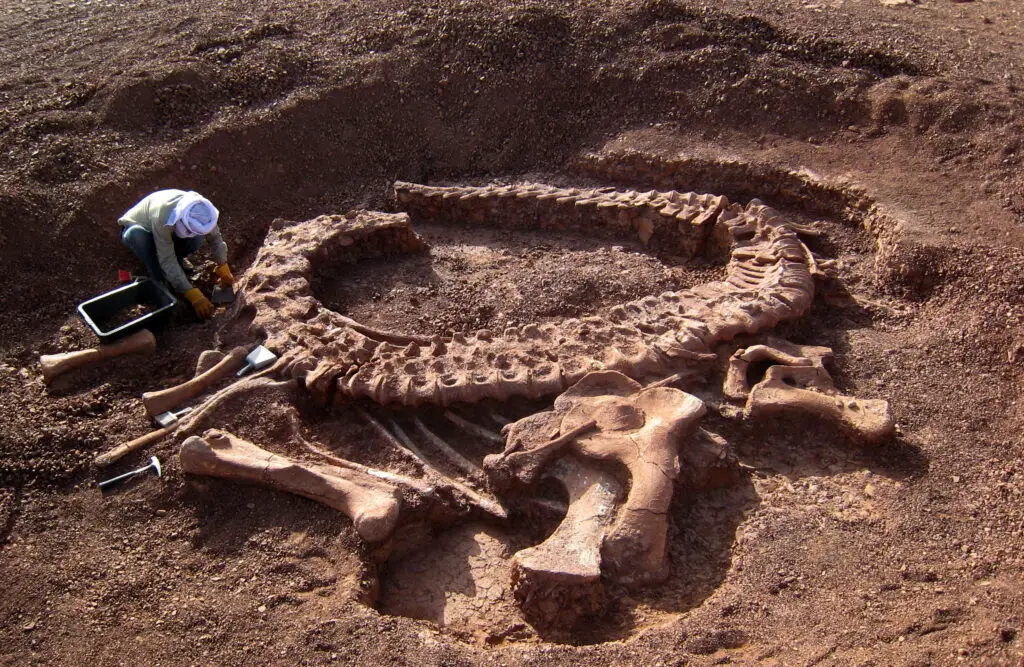
The Tennessee site where Dynamognathus was discovered remains a hotspot for paleontological research.
Ongoing excavations have revealed a trove of diverse fossils, painting a vivid picture of ancient North American life.
These discoveries are invaluable in deepening our understanding of prehistoric biodiversity and environmental shifts.
With each new find, the site continues to shape scientific perspectives on the evolution and adaptation of amphibians and other vertebrates across geological eras.
8. Insights into Amphibian Evolution

The discovery of Dynamognathus offers striking evidence of the morphological diversity that once characterized ancient amphibians.
Its powerful jaws and massive size demonstrate evolutionary pathways that differ dramatically from today’s salamanders, which are generally smaller and less predatory.
Studying such fossils helps scientists track the lineage and adaptation of amphibians through time, shedding light on the selective pressures and environmental changes that shaped their evolution.
Ultimately, Dynamognathus deepens our appreciation for the complexity and dynamism of amphibian evolutionary history.
9. Cranial Features and Adaptations

The fossilized skull of Dynamognathus displays a suite of unique cranial adaptations, including reinforced bone structure and enlarged muscle attachment sites.
These features would have enabled the salamander’s jaws to deliver powerful bites and withstand substantial mechanical stress.
Such adaptations not only enhanced its predatory efficiency but also likely contributed to its survival in competitive, resource-rich environments.
These cranial characteristics provide compelling evidence of the evolutionary innovations that allowed Dynamognathus to flourish.
10. Ecological Reorganization After Extinction
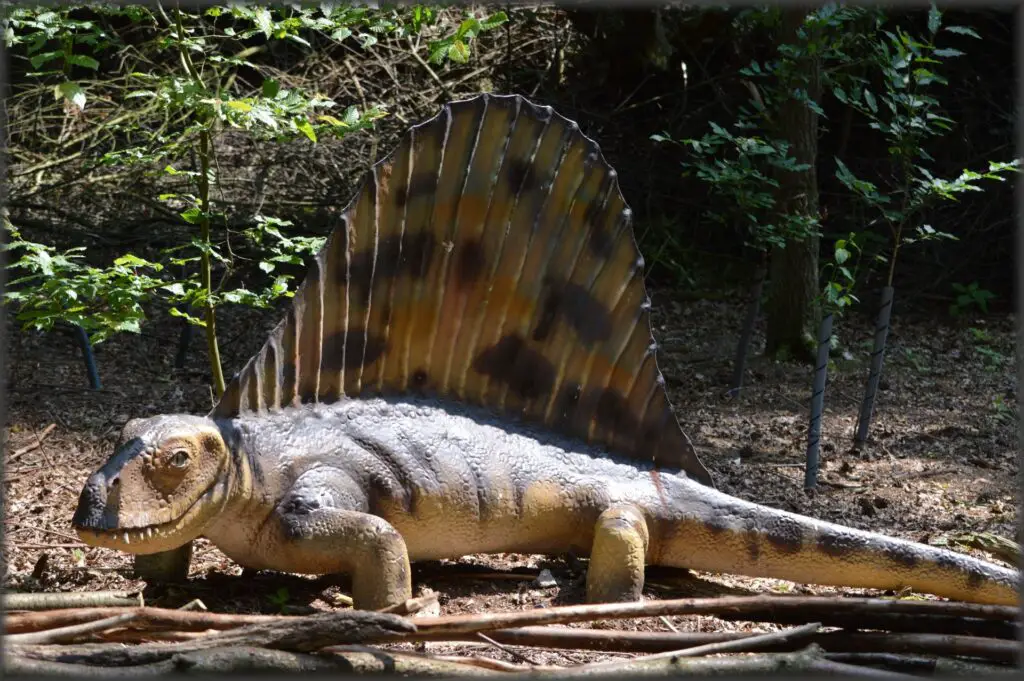
Following the extinction of giant salamanders like Dynamognathus, ancient ecosystems likely underwent significant reorganization.
With the disappearance of such apex predators, ecological niches opened up for other amphibians, reptiles, and fish to diversify and expand their roles.
These shifts may have spurred evolutionary changes, allowing new species to emerge and adapt to changing environments.
Studying these patterns provides insight into how extinction events can drive ecological innovation and shape the trajectory of life on Earth.
11. Comparison with Modern Salamanders

When compared to today’s salamanders, Dynamognathus stands out for its sheer size and formidable jaw structure.
Modern species, such as the Japanese giant salamander, are impressive in length but lack the powerful, predatory adaptations of their ancient cousin.
Current salamanders typically occupy more specialized niches, feeding on small insects and invertebrates.
In contrast, Dynamognathus was a top-tier predator, highlighting how evolutionary pressures have dramatically altered amphibian roles and anatomy over millions of years.
12. North America’s Lost Giants
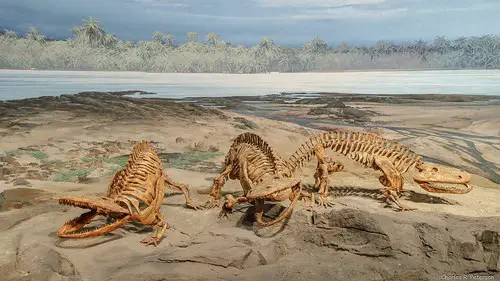
Dynamognathus joins a remarkable lineage of large-bodied amphibians that once thrived across ancient North America.
This group included diverse forms, from giant salamanders to armored temnospondyls, all uniquely adapted to their environments.
Over time, environmental changes and mass extinction events led to their disappearance, leaving only smaller, more specialized amphibians to persist.
The rediscovery of these lost giants offers a window into a forgotten era of ecological abundance and evolutionary experimentation.
13. Broader Appalachian Fauna

The Appalachia of prehistory teemed with remarkable creatures, and Dynamognathus was just one of many.
Fossil discoveries from the region also include early reptiles, diverse fish species, and ancient crocodile-like amphibians, painting a rich tapestry of life.
These finds illustrate the extraordinary biodiversity that once characterized ancient Appalachia, with Dynamognathus serving as a key piece in unraveling the evolutionary and ecological dynamics of this lost world.
14. Methods of Fossil Analysis

To unlock the secrets of Dynamognathus, scientists employed advanced analytical techniques.
High-resolution CT scanning allowed researchers to visualize internal structures without damaging the fossil, revealing intricate jaw and cranial details.
Comparative morphology, in which the specimen was analyzed alongside related taxa, helped determine its evolutionary placement.
These methods, combined with traditional paleontological tools, ensured a comprehensive understanding of Dynamognathus’s anatomy and its significance within the broader amphibian lineage.
15. Ancient Appalachian Environments
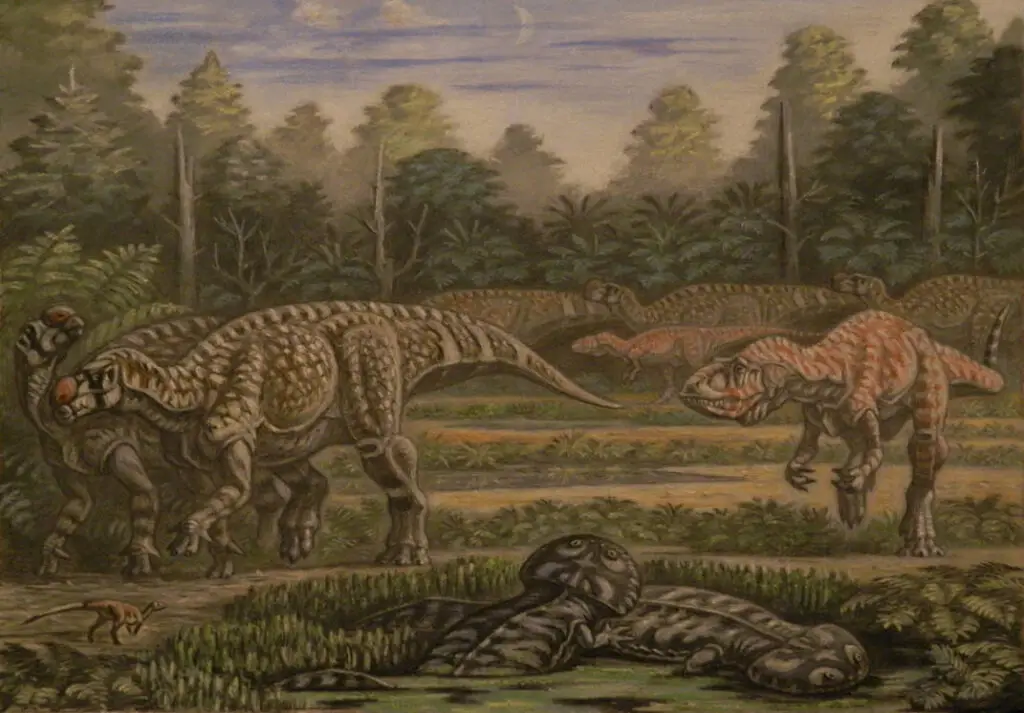
During the era of Dynamognathus, prehistoric Tennessee was a land of expansive wetlands, lush forests, and meandering river systems.
The region’s warm, humid climate fostered abundant plant growth and supported a diverse array of aquatic and semi-aquatic life.
These primeval habitats provided ample resources for large amphibians to thrive, creating a dynamic ecosystem rich in prey and hiding places.
Such environments were instrumental in the evolution and survival of giants like Dynamognathus, offering a glimpse into Earth’s vibrant ancient past.
16. Unique Feeding Strategies
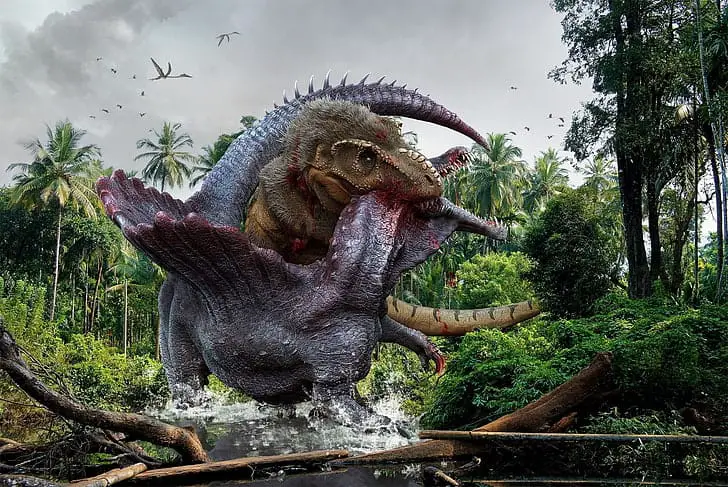
The robust jaws and dentition of Dynamognathus suggest it employed feeding strategies far more aggressive than those of modern salamanders.
Fossil evidence points to a diet that may have included armored fish, tough-shelled invertebrates, and possibly other vertebrates.
Its vice-like bite would have enabled it to crush shells and penetrate protective body armor.
Such adaptations allowed Dynamognathus to exploit food sources unavailable to other amphibians, giving it a distinct advantage within its ancient ecosystem.
17. Impacts on Modern Amphibian Research

The unearthing of Dynamognathus provides fresh insights for contemporary amphibian research, particularly in the study of adaptation and extinction dynamics.
By revealing previously unknown extremes of amphibian morphology, this discovery challenges scientists to rethink evolutionary possibilities and constraints.
It also offers valuable clues about how dramatic environmental changes can drive the emergence—or disappearance—of unique traits, informing our understanding of biodiversity and resilience in modern amphibian populations.
18. The Mystery of Large Amphibian Extinction
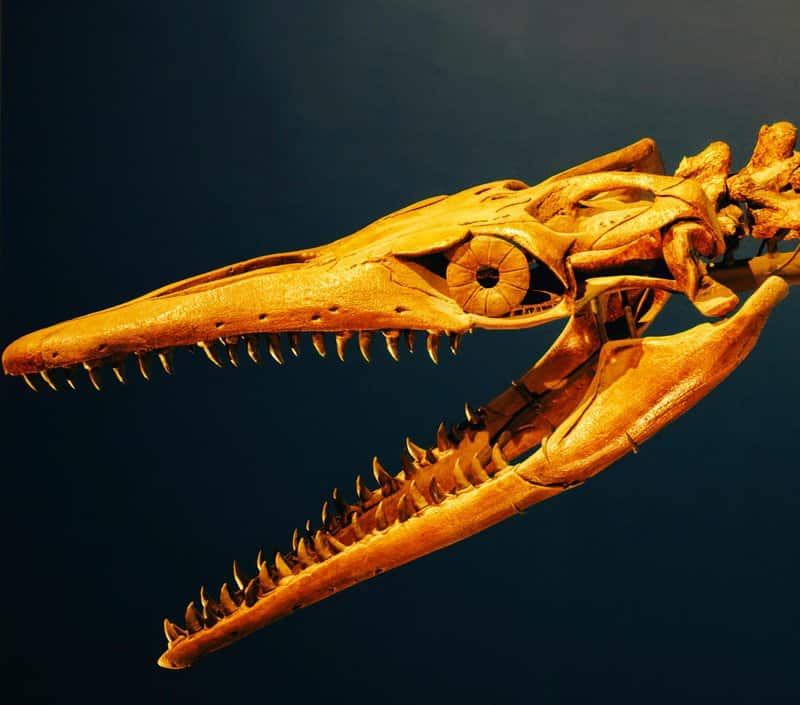
The disappearance of giants like Dynamognathus remains a subject of scientific intrigue.
Paleontologists hypothesize that shifts in climate, such as the drying of wetlands and cooling temperatures, played a significant role.
Additionally, the rise of more adaptable reptiles and early mammals may have intensified competition for resources, further pressuring large amphibians.
These factors combined could have led to the gradual extinction of once-dominant species, leaving only smaller, more specialized amphibians to survive into the modern era.
19. Rewriting the Salamander Family Tree

The discovery of Dynamognathus is reshaping how scientists view salamander evolution.
Its unique features and ancient lineage have prompted researchers to revise the salamander family tree, acknowledging a greater diversity than previously recognized.
By placing Dynamognathus alongside other extinct and living relatives, paleontologists are uncovering previously hidden branches and evolutionary relationships, ultimately offering a richer and more complex picture of amphibian ancestry and diversification.
20. Public and Scientific Reaction
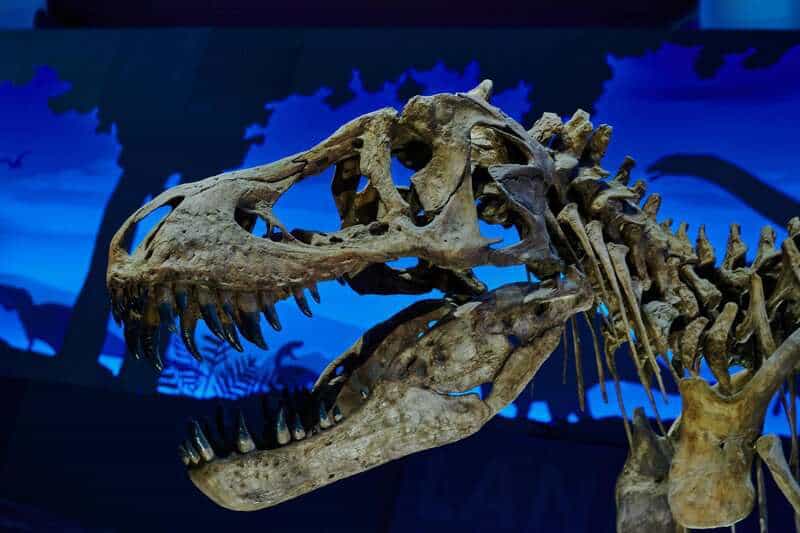
The discovery of Dynamognathus has sparked widespread excitement among both scientists and the general public.
Paleontologists are eager to explore its implications for evolutionary theory, while the public is captivated by the idea of giant, jaw-snapping salamanders lurking in prehistoric rivers.
This find has invigorated interest in paleontology, inspiring a new appreciation for the mysteries still hidden within Earth’s ancient sediments.
21. Future Prospects for Paleontology in Tennessee
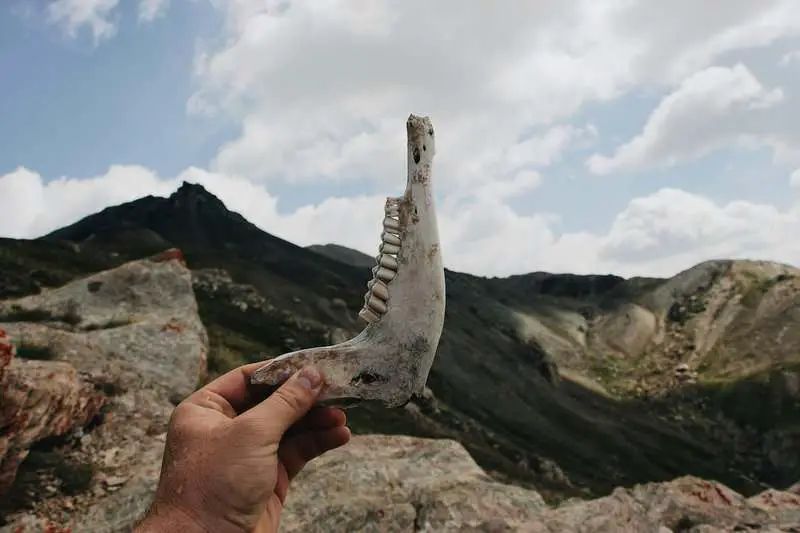
The unearthing of Dynamognathus has energized paleontological research throughout Tennessee, encouraging scientists to re-examine old sites and discover new ones.
As advanced technologies and collaborative efforts expand, the potential for more groundbreaking finds grows.
Each discovery not only enriches our understanding of ancient life but also cements Tennessee’s reputation as a treasure trove for paleontology.
The legacy of Dynamognathus will undoubtedly inspire future generations of researchers and fossil hunters in the region.
A Glimpse into a Lost World
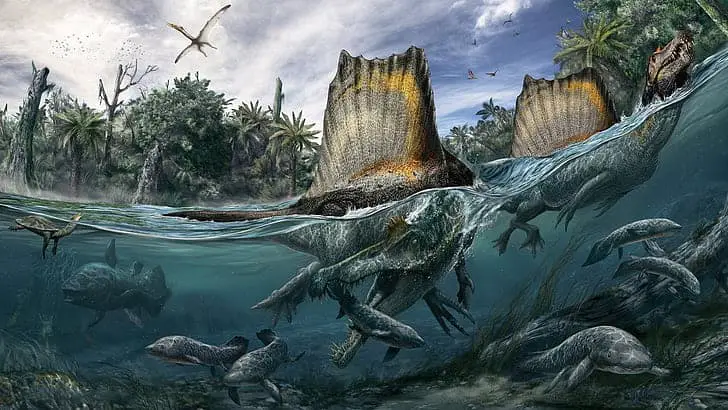
The discovery of Dynamognathus offers a rare and vivid window into the forgotten ecosystems of ancient Appalachia.
Its immense size, unique adaptations, and dramatic presence enrich our understanding of amphibian evolution and the ever-changing tapestry of life on Earth.
Finds like this remind us of the vast mysteries still waiting beneath our feet and encourage continued exploration.
By studying these prehistoric giants, we deepen our appreciation for the dynamic history of our planet’s most resilient creatures.



Vielleicht interessiert es Sie:
Wussten Sie! Minensuchratten auf dem Schlachtfeld und sie sind super effektiv!
Wie viele Giraffenarten gibt es? Leben sie alle in Afrika?
Der Vogel ist das Weibchen der Vögel: wahr oder falsch?
Warum bauen Biber Dämme? Welchen Nutzen?
Warum leben manche Tiere nachtaktiv? Welche Vorteile?
Küssen Tiere? Ist das die gleiche Bedeutung wie Menschen?
200+ Hilarious Seahorse Jokes That Will Make You Smile and Giggle
200+ Funny Investment Jokes to Boost Your Financial Humor Game